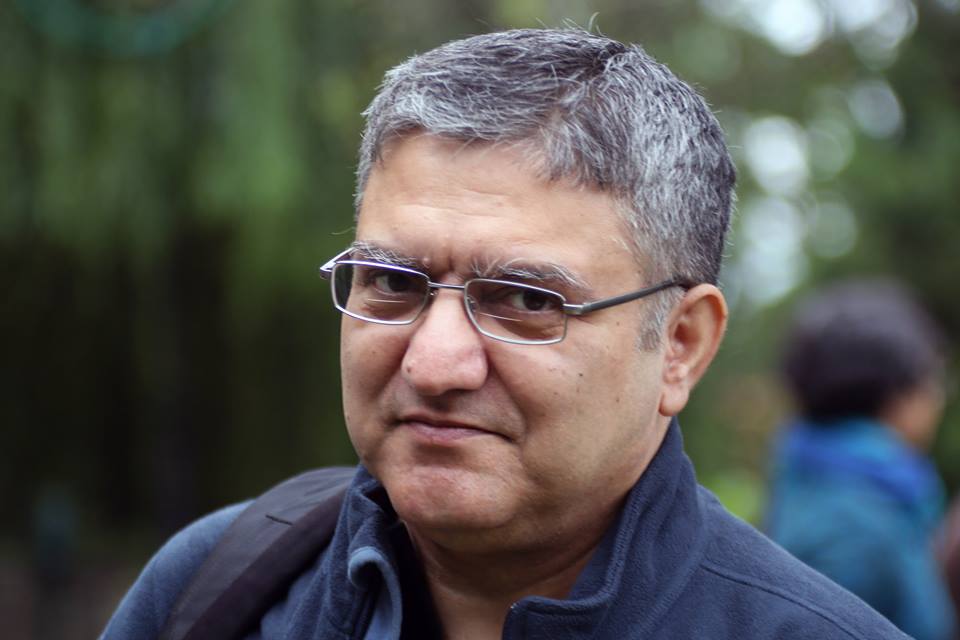Can private hands solve India's health care woes? Not a chance

Amartya Sen once wrote that development is freedom. If indeed that's the case, then freedom from ill health and from the inadequate treatment of illness is surely an important responsibility of those concerned with development policy.
Our focus in India is on the provision of medical care, but it needs to be said that in the prevention space, the country tends to be complacent about what it has achieved instead of being concerned about what it has failed to achieve. Our performance in child immunisation, to take one important issue, is poor - even Bangladesh has done better!
To return to treatment, two simple models are outlined in an attempt to understand policy options and their suitability.
Leaving medical care to the marketplace
One option is to leave the supply of medical care to be handled by the marketplace, just as for any other service.
Markets are motivated by profit maximisation, and this market is assumed to be no different. Since medical training is expensive in time, effort and money, the healer will have spent a great deal before s/he begins working.
Thereafter, the two major processes comprising medical treatment are the diagnosis of the problem, and its treatment with the appropriate means available. Both diagnosis and treatment often involve the use of advanced technology embedded in expensive equipment, which enables testing of various dimensions of the body and treatment in various sophisticated ways.
Medicines, too, often embody considerable expensive research and, sometimes, high production costs. In sum, advances in medical science and related technologies have enabled increasingly intensive and detailed testing for medical dysfunction and its treatment, but in most cases these are expensive - both the equipment and the people trained to use it.
To this in-built cost, if we add the market propellant of profit maximisation - or greed - and a limited supply of both practitioners and credible institutions offering the service, we get the components of a monopolistic and potentially exploitative industry.
Medical care is thus, technically, an increasingly expensive service. To this in-built cost, if we add the market propellant of profit maximisation - or greed - and a limited supply of both practitioners and credible institutions offering the service, we get the components of a monopolistic and potentially exploitative industry.
The high risk associated with ill health - high cost and uncertainty of outcome, income loss and potential loss of earning capacity all the way to death - when combined with a high degree of 'asymmetry of information', creates a very unequal bargaining situation. It pits desperate and largely ignorant 'buyers' against traditionally revered, highly qualified and 'profit maximising' healers, with huge sunk investments in training and technology.
Theoretically, a detailed and sophisticated regulatory mechanism for this market can 'protect' the buyer from undue exploitation. In a developing society and economy, however, where even industries that can be easily regulated are hard to control, regulating the healthcare industry is impossible.
In these circumstances, given nonexistent regulation, what is profit maximisation likely to lead to?
Profit is, very roughly, revenue less expense, and what is being maximised is not only the rate per unit, but also the absolute amount earned. For example, prices are determined by the cost and by what the market will bear, but even if an echocardiogram yields just Rs 100 as profit, a hundred such tests conducted will yield Rs 10,000 as profit as against Rs 5,000 if only fifty such tests are done.
The same logic holds for medicines and surgical procedures. Since business cannot afford a shrinking market, there may even be a strong incentive for pressure groups of well-to-do and influential healers to pressurise the state to go slow on effective 'preventive' public health measures.
Thus, an unregulated private market for medical care is very likely to be characterised by excessive testing, unnecessary procedures, over-medication and exploitative pricing. This is likely to be especially marked if the 'asymmetry' in information availability between the healer and the sick is significant, viz. in a society characterised by inequalities in literacy, education, income and status.
Care provided by the State
If, however, medical care is provided by the State, things are likely to be quite different. High quality, subsidised and state-funded medical education will generate an adequate supply of healers who do not have a huge investment in their education. State-funded and run institutions for healing shall have no incentive to conduct unnecessary tests and procedures or over-medicate; and since the service will be subsidised or free, the issue of extractive pricing does not arise.
The assumptions, in this case, need to be examined closely. The first of these is that the State must allocate adequate resources for medical education, and ensure that it is of high quality and also fund both preventive action and curative facilities adequately. This issue of funding is a critical problem, if not the only one.
The State in India has traditionally spread its relatively limited resources very thin. In an attempt to do some of everything - keep all vested interests and vote banks happy - it has succeeded in doing not enough of anything important.
The question of private health insurance
Both academic economic theory and common sense dictate that certain services that are of immense value to both society and economy have to be the responsibility of the state - the profit motive does not work 'optimally' in the case of 'public' goods, important amongst which are education, health and transport infrastructure.
Many will argue that the State in India is grossly inefficient and wholly corrupt, and cannot be expected to run anything efficiently. Besides, there is always health insurance to fill in the gap.
The state should encourage the development of a strong 'market' for insurance, subsidise insurance for the poor and sit back and let the 'free' market work its magic.
But the problems of 'market failure' in commercial health insurance markets have been well established in academia - 'adverse selection' and 'moral hazard' are but two issues here.
Common sense also indicates that an insurer maximising profits will offer those less at risk cheap insurance, and refuse to insure those at high risk, or else charge them exorbitant premia.
Those most likely to need medical assistance are those least likely to get it at any reasonable rate.
Besides, insurance looks primarily at hospitalisation, while the requirements of health care extend well beyond those confines. Furthermore, targeting of the poor for State subsidy poses very severe administrative problems.
State accountability
As regards the unsatisfactory functioning of the State, for more than 60 years, now the State in India has worked in a quasi-feudal fashion. The voting masses - economically insecure when not outright destitute, and uneducated when not illiterate -- have not had the confidence to demand accountability from those they voted into office and their minions, the babus.
Electoral freedom was indeed gifted to the people by the founding fathers, but the confidence to question the government and see politicos and bureaucrats as those who have to 'protect and serve' has taken time to develop. It is, of course, still fairly nascent, but it is growing, and the leadership class needs to do some urgent introspection and change the way it fulfills its responsibilities.
Public health, like other important 'public goods', cannot and should not be neglected. And handing it over to the private sector is not just neglect, it is deliberately abandoning the State's responsibility of ensuring the greatest good of the greatest number in general, and of the economically backward in particular.
Edited by Shreyas Sharma
More in Catch
Lancet concerned with healthcare in India. Did we expect anything else with such budget cuts?
There's an agreement being discussed in Auckland and it could spell trouble for Indian healthcare
80% of docs treat only 28% patients. Swasth Bharat, anybody?
First published: 13 September 2016, 5:59 IST






![BJP's Kapil Mishra recreates Shankar Mahadevan’s ‘Breathless’ song to highlight Delhi pollution [WATCH] BJP's Kapil Mishra recreates Shankar Mahadevan’s ‘Breathless’ song to highlight Delhi pollution [WATCH]](https://images.catchnews.com/upload/2022/11/03/kapil-mishra_240884_300x172.png)

![Anupam Kher shares pictures of his toned body on 67th birthday [MUST SEE] Anupam Kher shares pictures of his toned body on 67th birthday [MUST SEE]](https://images.catchnews.com/upload/2022/03/07/Anupam_kher_231145_300x172.jpg)






